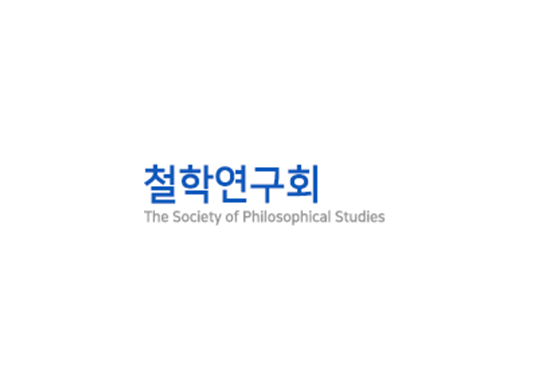비개연성과 개연성의 역설로서의 매체: 루만의 매체이론을 중심으로
Mediu m as t he P aradox of P robability a nd Improbability: Focused on Luhmann’s Theory of Media
박영욱
숙명여자대학교
철학연구
2024, vol., no.144, pp. 53-81 (29 pages)
철학연구회
초록
루만에게 사회적 체계들은 커뮤니케이션의 체계들이다. 매체/형식의 구별은 체계의 폐쇄성과 개방성이라는 역설을 커뮤니케이션의 관점에서 나타낸다. 매체는 요소들의 느슨한 결합에 의한 비결정적 상태이므로 그 자체는 커뮤니케이션의 비개연성을 나타낼 뿐이다. 따라서 커뮤니케이션의 비개연성을 개연성으로 전환하기 위해서는 느슨한 결합을 단단한 결합으로 엮어주는 형식이 불가피하다. 형식은 체계와 마찬가지로 내부(체계)와 외부(환경)를 구별하는 엄격한 질서다. 그러나 커뮤니케이션의 체계가 지속적으로 유지되기 위해서는 형식의 변화 혹은 새로운 형식의 출현이 불가피하다. 이렇듯 매체는 형식을 통하여 커뮤니케이션의 개연성의 확립에 기여하지만, 여전히 제거되지 않은 비개연성을 통해서 형식의 변화를 촉진한다. 비개연적 개연성이라는 역설적 상황은 그가 들고 있는 세 가지 매체, 즉 언어, 확산매체, 성공매체에 모두 적용된다.
According to Luhmann the social systems are the systems of communication. The distinction of medium/form exposes the paradox of closeness and openness implied in the systems. Medium displays the improbability of communication because it exists in the state of indeterminacy caused by the loose coupling of the elements. It requires a form that couples strictly the loose elements of medium for the probability of communication. Form is an strong order to discriminate between the inside(system) and the outside(environment). But the change of the form or the emergence of a new form is necessary for the preservation of the system. Medium contributes to establish the probability of communication through a form, and simultaneously stirs the form by the improbability still alive. The paradox of the coexistence of improbability and probability is applied to all three types of medium, ie speech, extension media and symbolically generalized media.

